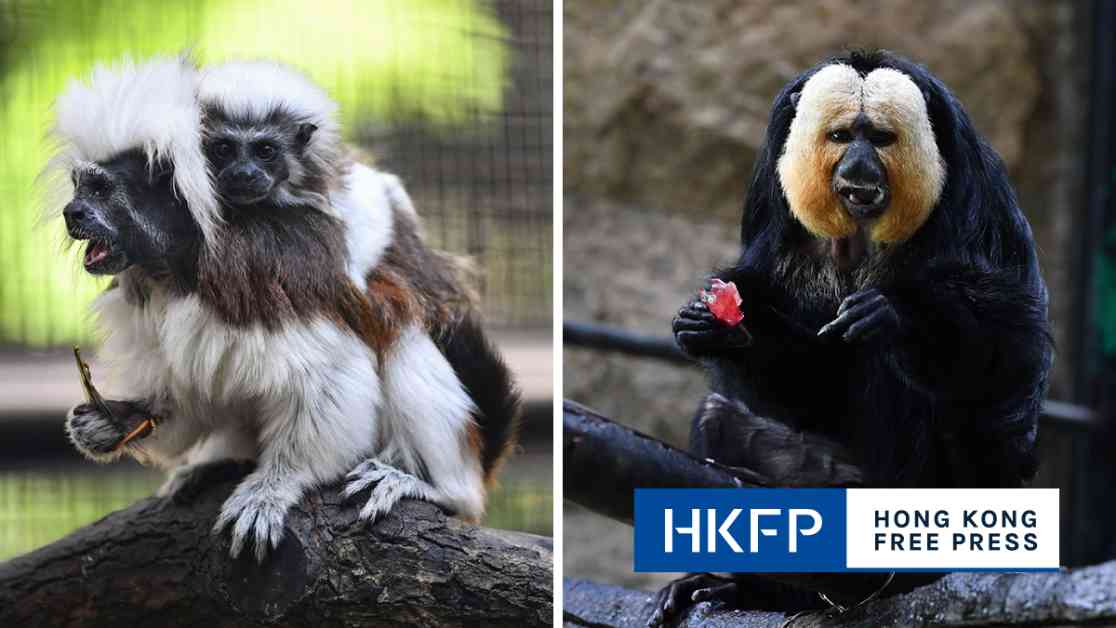The recent tragic deaths of eight monkeys at the Hong Kong Zoological and Botanical Gardens have sparked an investigation by local authorities. The Leisure and Cultural Services Department (LCSD) announced the deaths of one De Brazza’s monkey, one common squirrel monkey, three cotton-top tamarins, and three white-faced sakis, all of whom passed away on Sunday.
The cause of death for these beloved animals is currently unknown, prompting the need for necropsies and laboratory tests to determine the underlying factors. The Mammals Section of the zoo has been temporarily closed for disinfection and cleaning, while other areas such as the botanical garden remain open to the public.
The Hong Kong Zoological and Botanical Gardens house a diverse array of wildlife, including approximately 158 birds, 93 mammals, and 21 reptiles across 40 enclosures. This includes various species of monkeys, tamarins, apes, lemurs, meerkats, and otters. Among the deceased, cotton-top tamarins are critically endangered, while the other species are classified as of least concern.
Established in 1871, the Hong Kong Zoological and Botanical Gardens hold the distinction of being the oldest park in the city. As authorities continue to investigate the tragic loss of these monkeys, they are also monitoring the health of other animals on the premises to ensure their well-being.
It is essential for the public to be aware of the importance of wildlife conservation and the need to protect endangered species like the cotton-top tamarins. The zoo plays a vital role in educating visitors about biodiversity and the importance of preserving our natural world.
As the investigation unfolds, it is crucial for authorities to determine the cause of death for these monkeys and take necessary steps to prevent similar incidents in the future. The community mourns the loss of these animals and hopes for transparency in the investigation process.
In the meantime, visitors are encouraged to continue supporting the Hong Kong Zoological and Botanical Gardens and its conservation efforts to safeguard the welfare of all its inhabitants. Let us remember the legacy of these monkeys and work towards a future where wildlife can thrive in a safe and sustainable environment.



















